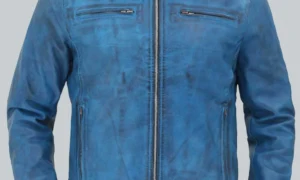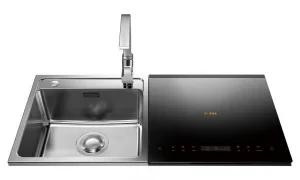Introduction:
Grinding wheels play a crucial role in numerous industrial applications, serving as essential tools for shaping, finishing, and polishing various materials. These wheels come in a myriad of types, each designed for specific tasks and materials. Understanding the different types of grinding wheel is fundamental for achieving optimal results in machining processes. In this article, we will delve into the various types of grinding wheels, their compositions, and their applications.
- Straight Grinding Wheels:
- These are the most common type of grinding wheel, characterized by a simple, flat, and straight wheel design.
- Ideal for grinding on horizontal or vertical surfaces.
- Suitable for surface grinding, cylindrical grinding, and tool sharpening.
- Cylinder or Wheel Ring Grinding Wheels:
- These wheels have a long, cylindrical shape, allowing for extended surface contact during grinding.
- Used for grinding long, cylindrical workpieces.
- Tapered Grinding Wheels:
- Featuring a tapered design, these wheels are useful for grinding threads and gear teeth.
- The tapered shape facilitates precision grinding.
- Straight Cup Grinding Wheels:
- These wheels have a slightly tapered face for grinding shoulders and faces.
- Suited for tool and cutter grinding, among other applications.
- Dish Grinding Wheels:
- Characterized by a dish-shaped design, these wheels are ideal for grinding curved surfaces.
- Used in applications such as gear tooth grinding.
- Diamond Grinding Wheels:
- Utilizing synthetic diamonds as abrasive grains, these wheels are exceptionally hard and durable.
- Ideal for grinding hard materials like carbide and ceramics.
- CBN (Cubic Boron Nitride) Grinding Wheels:
- Similar to diamond wheels, CBN wheels use cubic boron nitride as the abrasive material.
- Well-suited for grinding ferrous materials like hardened steel.
- Mounted Points:
- Small, specialized grinding wheels mounted on a spindle for precision work.
- Used for intricate grinding tasks and in areas where larger wheels cannot reach.
- Rubber Bonded Abrasive Wheels:
- Wheels with a rubber bonding agent, providing flexibility during grinding.
- Ideal for applications requiring a fine finish.
- Resinoid Bonded Grinding Wheels:
- These wheels use a resin bonding agent, offering excellent heat resistance.
- Suitable for heavy-duty grinding operations.
Conclusion:
Choosing the right grinding wheel is essential for achieving optimal results in machining and finishing processes. Different materials, workpiece geometries, and desired finishes require specific types of grinding wheel Whether you are shaping metal, sharpening tools, or achieving a smooth surface finish, understanding the characteristics and applications of each type of grinding wheel is crucial for successful machining. As technology advances, new materials and bonding agents continue to enhance the capabilities of grinding wheels, further expanding their applications in various industries.








































